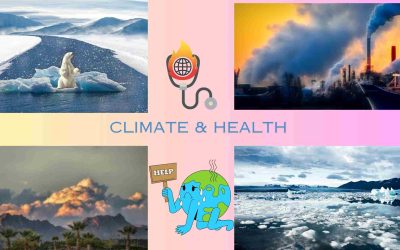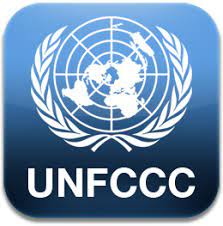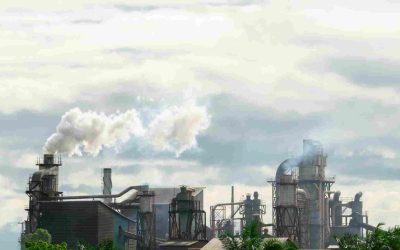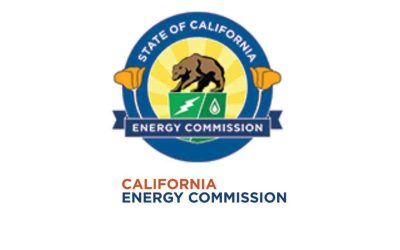In a significant breakthrough, researchers from Indiana University have unveiled a pioneering study suggesting that the strategic scattering of sunlight-reflecting particles in the atmosphere could be a potent tool in slowing the alarming rate of ice loss in West Antarctica. This discovery comes at a crucial time when scientists are sounding the alarm about the escalating threat of accelerated ice loss, posing a substantial risk of catastrophic sea-level rise. The findings, featured in the Journal of Geophysical Research: Atmospheres, explore the potential of climate engineering, specifically stratospheric aerosol injection (SAI), to address the imminent challenges posed by climate change.
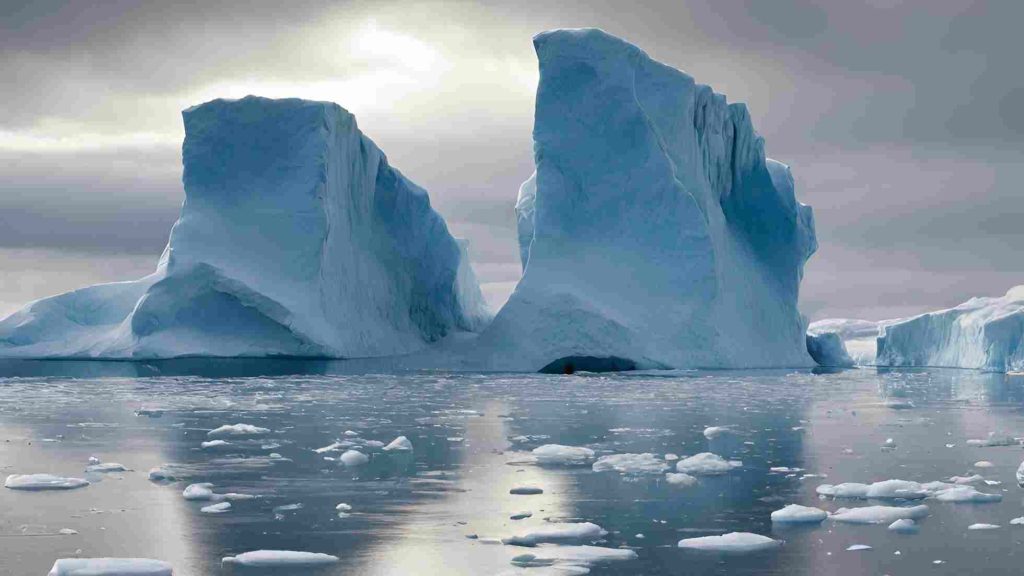
Key Findings:
The study underscores the growing concern among scientists regarding the accelerated ice loss in West Antarctica and its ominous contribution to rising sea levels. The stark reality persists: even if global warming is reined in to the ambitious target of 1.5 degrees Celsius above pre-industrial levels, a significant and inevitable rise in sea levels looms large.
Understanding Stratospheric Aerosol Injection (SAI):
At the heart of this study lies the exploration of SAI, a climate engineering technique proposing the release of sulfur droplets into the stratosphere to reflect sunlight. The rationale behind this approach is to replicate the cooling effect induced by substantial volcanic eruptions, capable of persisting for extended durations. Notably, SAI has gained attention at the policy level, as evidenced by its inclusion in a White House report outlining potential research programs.
In-Depth Study Methodology:
To unravel the potential impact of SAI on Antarctic ice loss, the research team harnessed the power of high-performance computers and global climate models. The simulations, spanning the period from 2035 to 2070, examined various SAI scenarios, with a particular focus on multiple latitudes for aerosol injection, especially in the Southern Hemisphere, to safeguard land ice in Antarctica.
Key Results and Strategic Insights:
The study’s pivotal discovery centers around the strategic release of stratospheric aerosols at multiple latitudes within the tropics and sub-tropics, with a higher concentration in the Southern Hemisphere. This nuanced approach proved to be the most effective in slowing Antarctic ice loss by preventing warm ocean waters from encroaching upon the vulnerable ice shelves.
Implications and Considerations:
While the study paints an optimistic picture, it underscores the critical importance of meticulous planning in the realm of climate engineering. The location of aerosol release emerges as a pivotal factor influencing its efficacy. Furthermore, the study raises awareness about potential risks, including alterations in regional precipitation patterns and the ominous specter of a “termination shock” if the aerosol treatment is prematurely halted.
Conclusion:
The research represents a pivotal contribution to the ongoing discourse on climate engineering, shedding light on both the promises and perils associated with deliberate interventions to mitigate the impacts of climate change. As global conversations intensify around the prospect of intentionally cooling the planet, this study serves as a beacon, emphasizing the need for extensive research to fully grasp the implications of such interventions before any definitive actions are taken.
Link for reference: Climate engineering could slow Antarctic ice loss, study says, Phys.org, November 2023.



